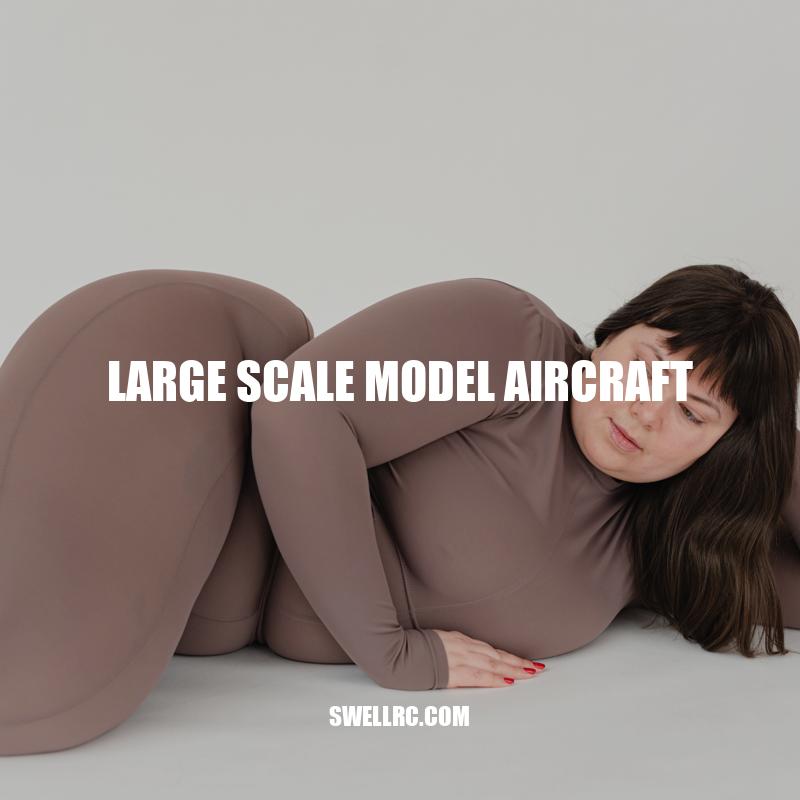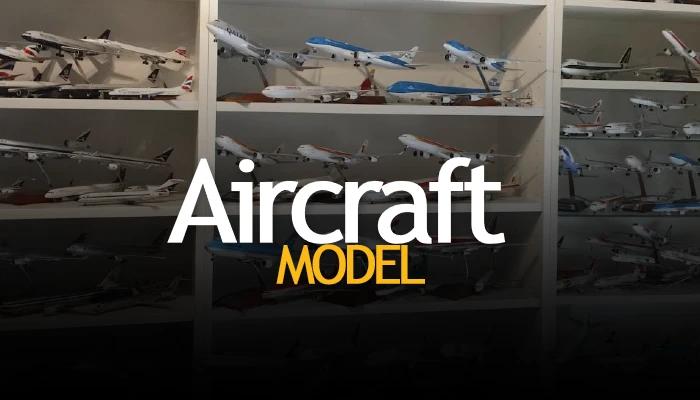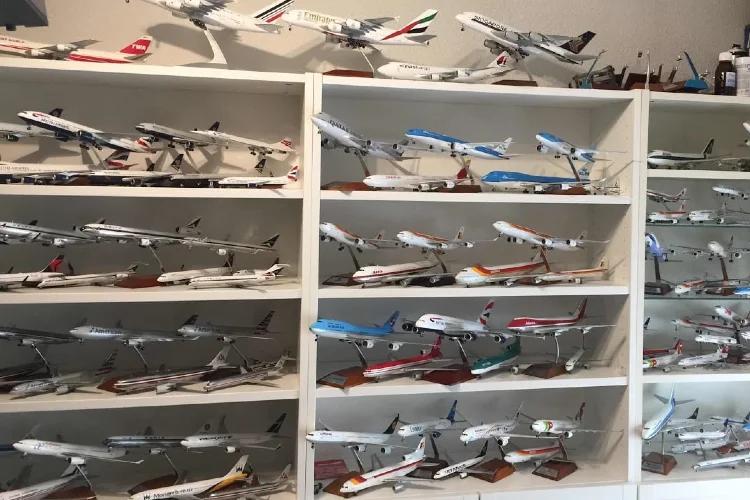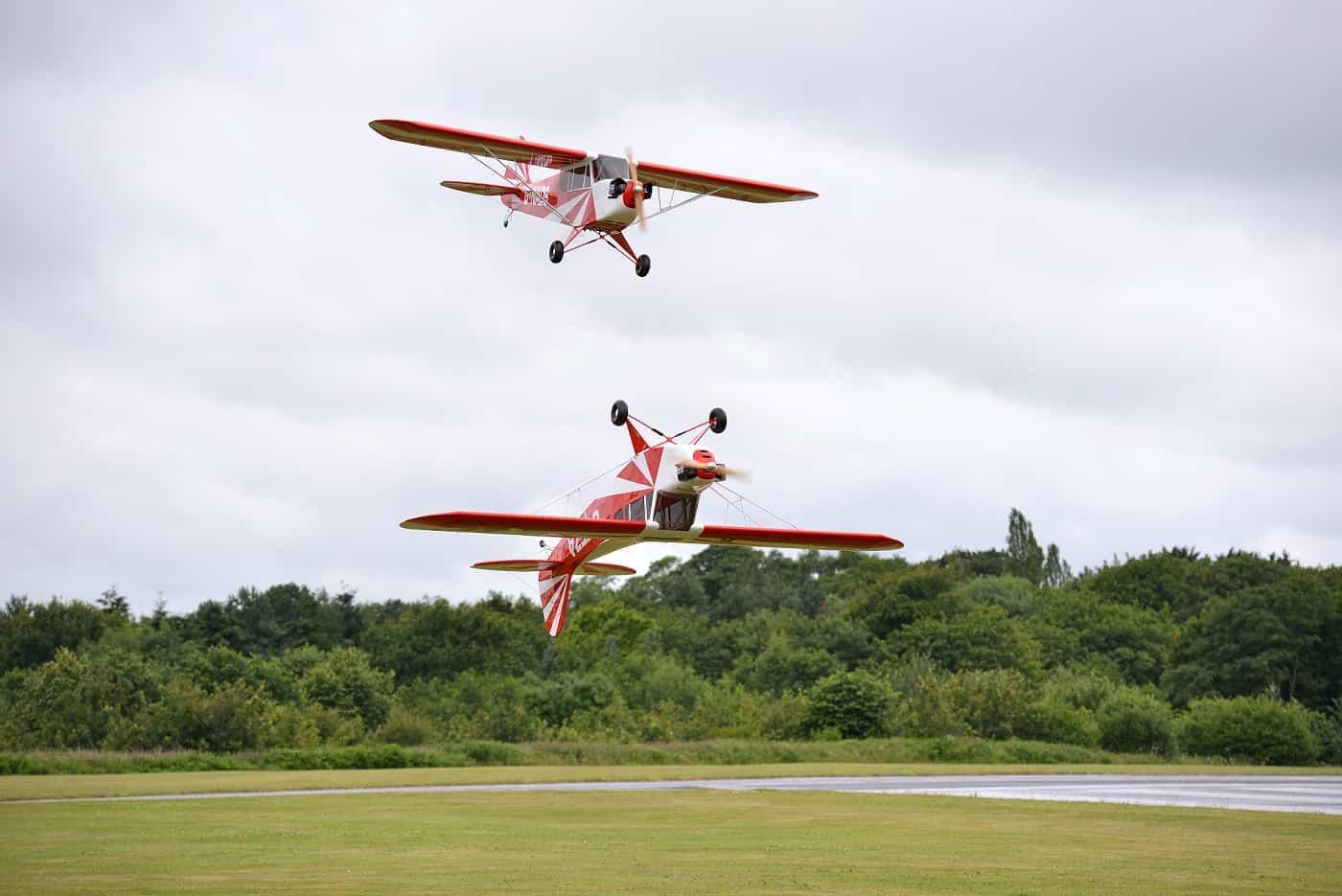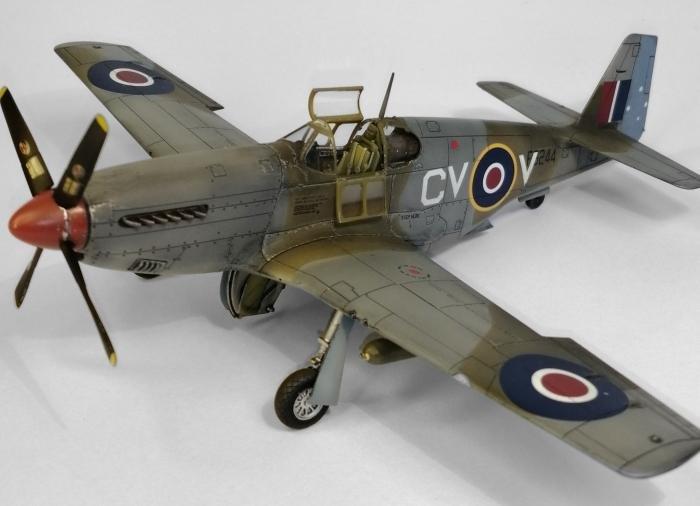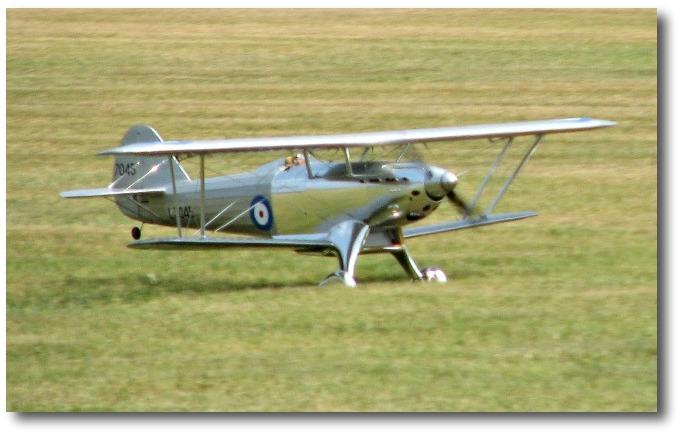Exploring Large Scale Model Aircraft: Types, Materials, Flying and Competitions
Large scale model aircraft are replicas of full-size airplanes that are usually flown by model aviation enthusiasts. These model aircraft come in a variety of types such as fixed wing, rotary wing, and jet-powered aircraft. The models can range in size from just a few inches to over a hundred feet wingspan. Large scale model aircraft are constructed using various materials such as balsa wood, plywood, carbon fiber, and are constructed by using laser cutting and 3D printing technologies. Safety is important when flying these aircraft, and proper training and following the safety guidelines is necessary. Additionally, large scale model aircraft competitions have become increasingly popular, providing an opportunity for enthusiasts to showcase their models and advance the technology and design of these miniature aircraft.
Different Types of Large Scale Model Aircraft
Large scale model aircraft comes in different types and varieties. Fixed wing large scale model aircraft resemble traditional airplanes, and can vary from single-engine planes to commercial airliners. Rotary wing large scale model aircraft include helicopters and other vertical takeoff and landing crafts. Some enthusiasts also design and build jet-powered large scale model aircraft modeled after fighter jets, commercial airliners, and other types of jet aircraft.
One of the factors in comparing the different types of large scale model aircraft is based on features such as speed, maneuverability, altitude, and flight time. Large scale model aircraft enthusiasts may opt to create their own models from scratch, which requires a considerable amount of skill and patience, as well as a deep understanding of aerodynamics.
Creating large scale model aircraft from scratch may be challenging for beginners, so hobbyists may opt to purchase pre-made models or kits to assemble themselves. There are several websites that offer pre-manufactured models or kits, such as Motion RC, where hobbyists can choose from an extensive selection of large scale model aircraft and parts. Other enthusiasts might also use flight simulation software that can help modelers test their design before constructing the actual aircraft.
What factors are important to consider when comparing different types of large scale model aircraft?
Some important factors to consider when comparing different types of large scale model aircraft are the size and weight of the aircraft, the type of power source used, the level of expertise required for assembly and operation, and the intended use or purpose of the aircraft. Other factors might include the availability of replacement parts, the quality of construction materials, and the overall cost of the aircraft.
Comparing Materials for Large Scale Model Aircraft
Large scale model aircraft are often created using various materials and construction techniques. Balsa wood and plywood are commonly used materials due to their low cost and ease of use. However, fiberglass and carbon fiber are also used for their strength and durability.
To create intricate details such as the aircraft’s fuselage or wings, some hobbyists turn to computer-aided design (CAD) software. This allows designers to create detailed models that can be produced through 3D printing or other production techniques. Laser cutting, CNC milling, and 3D printing are examples of construction techniques used to build large scale model aircraft.
Some enthusiasts go to great lengths to create highly realistic models, complete with functioning landing gear and onboard entertainment systems. One website that offers a wide selection of large scale model aircraft kits and accessories is RC Planet. Quality materials and construction techniques are important to ensure the durability and safety of the aircraft during flight.
What are some construction techniques used to build large scale model aircraft?
Some construction techniques used to build large scale model aircraft include laser cutting, 3D printing, vacuum forming, and traditional model building methods such as balsa wood and plastic sheeting.
Mastering the Art of Flying Large Scale Model Aircraft
Flying a large scale model aircraft can be a thrilling experience, but it also requires skill and caution to ensure a safe flight. Many hobbyists begin by practicing on smaller, simpler models before advancing to larger, more complex aircraft. It’s important to follow safety guidelines and regulations, such as avoiding flying in restricted airspace and maintaining a safe distance from other aircraft or people. There are many online resources available for those interested in learning how to fly large scale model aircraft. Websites such as RCMoment and Hobby King offer a wide selection of products for enthusiasts, including remote control transmitters, batteries, and spare parts. In addition, some hobbyists join local clubs or attend events to network with others and share tips and tricks for flying large scale model aircraft.
Remote control involves controlling the aircraft’s movements through a handheld transmitter, while radio control involves using a joystick or other controls to fly the aircraft. Autonomous flight involves programming the aircraft to fly a predetermined route or perform certain maneuvers without any manual input.
What is the difference between remote control and radio control for flying large scale model aircraft?
The difference between remote control and radio control for flying large scale model aircraft is that remote control uses infrared or a wired connection while radio control uses radio frequency to communicate between the transmitter and the receiver in the aircraft.
Large scale model aircraft competitions: a showcase of skills and camaraderie among enthusiasts
Large scale model aircraft competitions are a highlight for many enthusiasts, providing a chance to demonstrate their skills and compete against other skilled pilots. There may be a variety of categories and events present in these competitions, with some focusing on flight performance while others prefer scale accuracy. There is a range of competitions that take place throughout the year, ranging from regional events to large international shows. Popular competitions include the Top Gun Scale Invitational, located in Florida, which features realistic replicas of classic aircraft, and the National Electric Fly-In, which focuses on electric-powered aircraft. For hobbyists on a limited budget, there are also some events that have low entry fees or may not require additional travel. These events give hobbyists the opportunity to connect with others who share their passion and learn from some of the best pilots in the world. Many websites, such as Model Airplane News, provide coverage of competitions, including photos and videos of the aircraft and pilots.
What are some popular large scale model aircraft competitions?
Some popular large scale model aircraft competitions include the World Scale Championships, Top Gun Scale Invitational, and Scale Masters Championships.
The Bright Future of Large Scale Model Aircraft
With new technologies and innovations on the horizon, the future of large scale model aircraft looks bright. Emerging technologies, like augmented reality and artificial intelligence, can enhance the hobby in exciting ways. Advances in 3D printing and laser cutting have made it more affordable to construct large scale model aircraft, which enables more people to participate in the hobby.
As the hobby continues to grow in popularity, it may pave the way for more mainstream adoption, with potential for commercial applications like aerial surveying or delivery. However, regulations and safety concerns may pose challenges that need attention to ensure the continued growth and success of the hobby. Many websites, such as RCGroups, feature forums discussing the latest developments in large scale model aircraft technology and regulation.
What are some potential commercial applications for large scale model aircraft?
Large scale model aircraft can have potential commercial applications in various industries, including military training, surveying, aerial photography, scientific research, and entertainment. They can also be used for crop dusting, inspection of infrastructure such as pipelines and power lines, and as delivery drones for small packages.
Conclusion
In conclusion, large scale model aircraft is a fascinating and exciting hobby that provides hours of fun and challenges for aviation enthusiasts. From the materials used to construct the aircraft to the different methods of flying, there are so many opportunities for creativity and innovation in this hobby. Large scale model aircraft competitions also offer a chance for enthusiasts to showcase their skills and push the boundaries of what is possible. Looking ahead, the future of the hobby looks promising with emerging technologies and innovations that have the potential to elevate the hobby to new heights.
However, there are also challenges that need to be addressed, particularly around safety and regulation. The importance of proper training and following safety guidelines cannot be overstated, as accidents can have serious consequences. It’s also important for the community to work together to address potential regulatory issues that could hinder the growth and success of the hobby. Despite these challenges, the passion and ingenuity of the large scale model aircraft community will undoubtedly continue to propel the hobby forward.
Overall, large scale model aircraft is a wonderful way for aviation enthusiasts to indulge their passion and creativity, while also enjoying the thrill of flying. With so many different types and methods of constructing and flying their large scale model aircraft, enthusiasts can really make it their own. Enthusiasts should continue to share their knowledge and expertise with others to ensure the continued growth and success of the hobby for generations to come.

